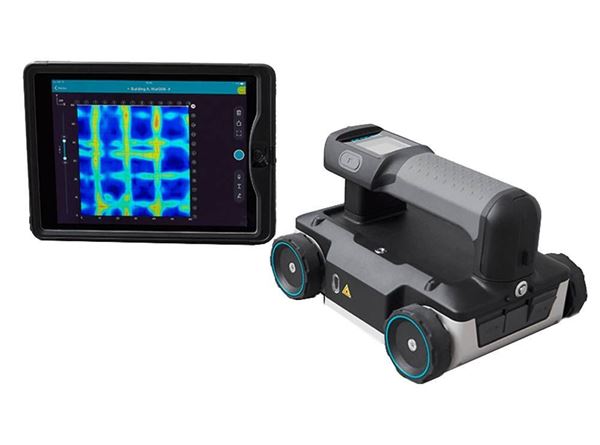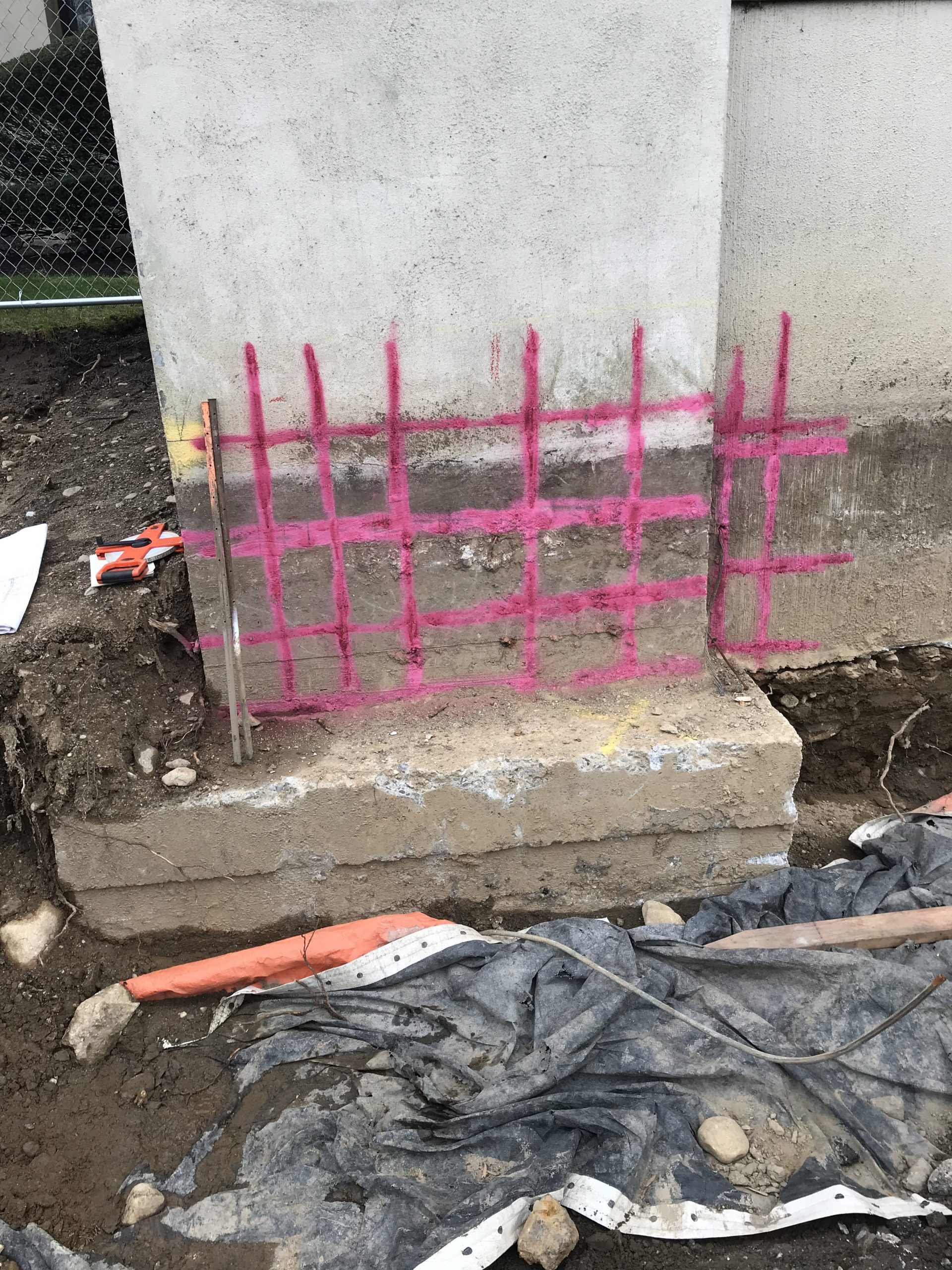Concrete Scanning: An Essential Action In The Direction Of Making Sure Architectural Integrity and Security
In the realm of building and construction and framework maintenance, the relevance of concrete scanning can not be overemphasized. This precise process holds the key to unveiling prospective dangers hidden under the surface area of relatively strong structures. By employing innovative technology and methodologies, concrete scanning functions as a critical device in guaranteeing that the integrity and security of buildings and bridges are promoted to the highest possible criteria. However, beyond its surface-level effects, the role of concrete scanning extends much much deeper than meets the eye.
Value of Concrete Scanning
Concrete scanning plays an important duty in ensuring the architectural honesty and safety of structures and facilities tasks. By utilizing advanced innovations such as ground-penetrating radar (GPR) and electromagnetic induction, specialists can non-destructively check concrete frameworks to spot possible flaws, voids, ingrained things, and support layout. This process allows early discovery of abnormalities that could jeopardize the security of a framework, avoiding expensive problems and guaranteeing the safety of residents.
Concrete scanning is specifically necessary during the planning and construction stages of a project. Before drilling, cutting, or coring right into concrete, scanning assists determine the precise locations of rebar, post-tension cords, and various other ingrained components, lowering the risk of unintentional hits that might lead to structural weak points. In addition, concrete scanning help in quality control by validating the thickness of concrete covers and detecting any kind of discrepancies that might impact the general toughness of the framework. Inevitably, spending in concrete scanning services is not just a positive procedure to minimize risks but additionally a fundamental step in the direction of keeping the long-lasting safety and stability of structures and infrastructure.
Modern Technology for Concrete Assessment

Advantages of Very Early Discovery
Timely discovery of structural issues can dramatically alleviate risks and make sure the long life of building jobs. By determining possible problems at an early stage in the construction process, stakeholders can take proactive measures to attend to concerns before they intensify into larger and extra pricey problems. One of the key benefits of early discovery is the avoidance of architectural failures, which can present severe safety threats and cause job hold-ups and monetary losses.
In addition, early detection permits timely fixings and upkeep, which can assist expand the life expectancy of the structure. By addressing concerns without delay, building and construction teams can stay clear of costly repair services or perhaps the requirement for premature substitute of architectural components. This proactive technique not only saves money and time however likewise boosts the general safety and security and sturdiness of the building task.
Furthermore, early discovery can improve job planning and decision-making by providing stakeholders with beneficial insights right into the condition of the structure. Armed with this information, project supervisors can make educated options regarding construction timelines, products, and methods, resulting in more effective and successful task end results.
Making Sure Structural Security
Ensuring the structural stability of a building and construction task is extremely important to its security and durability. Concrete scanning plays an essential function in making certain structural security by spotting prospective problems such as gaps, delamination, or support corrosion that could endanger the stability of the structure over time.
By making use of advanced scanning technologies like ground-penetrating radar (GPR) and electromagnetic induction, construction specialists can non-invasively check concrete structures to recognize areas of issue below the surface. This positive method permits the early detection of flaws or weak points, enabling punctual repair work or support to avoid architectural failures.
Regular concrete scanning throughout various construction stages and throughout the life cycle of a framework can help preserve its security, reduce dangers, and guarantee the security of passengers. By focusing on structural security through concrete scanning, construction projects can boost their durability and sturdiness, ultimately adding to higher safety and longevity.

Stopping Vital Failures
To protect against devastating occasions, thorough tracking and proactive upkeep are crucial in preventing vital failures within browse around this site structural frameworks. Identifying prospective concerns before they escalate is crucial to preventing architectural failings. Carrying out regular assessments, such as concrete scanning, can expose surprise flaws like voids, fractures, or corrosion that could endanger the integrity of a structure. By making use of sophisticated scanning innovations like Ground Permeating Radar (GPR) or Concrete X-ray, designers can non-destructively assess the problem of concrete and recognize powerlessness that require support or fixing - RainierGPR Service Areas.

Verdict
Finally, concrete scanning plays a vital duty in making certain architectural integrity and safety and security by using innovative technology for very early discovery of possible concerns. This aggressive method helps stop crucial failures and guarantees the stability of structures. It is necessary to focus on concrete evaluation website here as a standard technique to shield the longevity and safety of buildings and framework.
Concrete scanning plays an essential duty in ensuring the architectural integrity and safety and security of buildings and facilities jobs. In addition, concrete scanning aids in quality control by verifying the thickness of concrete covers and spotting any kind of discrepancies that may affect the general resilience of the structure. Concrete scanning plays an important duty in ensuring structural security by discovering possible issues such as gaps, delamination, or support corrosion that might endanger the stability of the structure over time.

In conclusion, concrete scanning plays a critical role in making sure structural stability and security by using sophisticated technology for very early detection of potential problems.